Sheep are often seen as simple, gentle animals grazing quietly in fields, but there’s much more to these woolly creatures than meets the eye. Beyond their fluffy fleece and endearing “baa,” sheep have hidden talents, surprising intelligence, and a fascinating role in human culture. Here, we’ll dive into ten surprising facts about sheep that are sure to change the way you see them!

1. Sheep Have Great Memories
Sheep may not look like the cleverest animals, but research shows that they can remember faces for up to two years! Studies have found that sheep can recognize and remember the faces of both humans and other sheep, rivalling some primates in their ability to recall. This impressive memory helps them maintain strong social bonds within their flocks, proving that sheep are more socially aware than many assume.

2. They’re Smarter Than You Think
Contrary to the stereotype of being mindless followers, sheep are actually quite intelligent. They can solve complex problems, such as navigating around obstacles or finding the safest path to food and water. Research even suggests that sheep are capable of experiencing complex emotions and making decisions based on past experiences. In fact, some scientists believe sheep’s intelligence could be comparable to that of cattle and even some dog breeds!

3. Sheep Have a Complex Social Structure
Within a flock, sheep form bonds and establish a social hierarchy. They’re not just wandering aimlessly – sheep develop close friendships and will stay close to other sheep they know and trust. If a member of their flock goes missing, sheep can show signs of distress or even mourn their lost companion. They are also known to band together to protect weaker members from threats, which speaks to their loyalty and social structure.
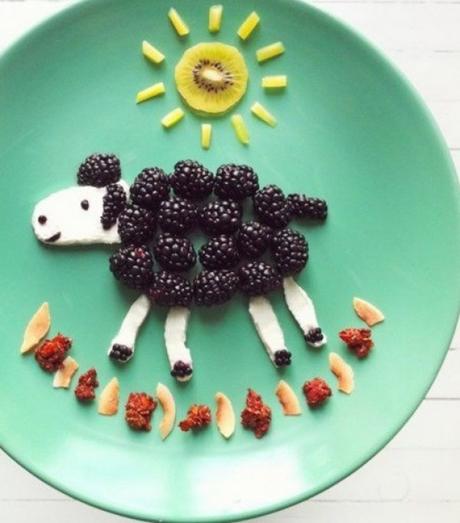
4. They’re Surprisingly Good at Navigation
Sheep are known for their excellent memory and can remember specific locations, making them surprisingly adept at navigation. They’ll often find their way back to familiar grazing areas, even if they have wandered quite far. This navigation skill is particularly valuable for wild breeds, who rely on memory to locate water sources and safe spots during seasonal migrations.
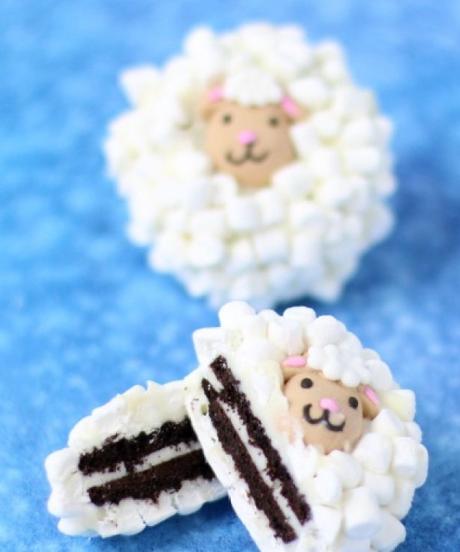
5. Sheep Communicate With Each Other
Sheep may seem silent, but they actually use a variety of sounds and body language to communicate. The different tones and pitches of their “baa” convey different emotions or warnings to one another. Lambs and ewes recognize each other’s calls and can pick out each other’s unique voice among hundreds, a skill essential for keeping together in large flocks. They also communicate through body language, using eye contact, nudges, and postures to send messages within the flock.

6. Wool Isn’t Their Only Contribution
While sheep are primarily known for their wool, they contribute much more than just fleece to society. Sheep’s milk is the base for delicious cheeses like Roquefort and Pecorino, and their grazing habits play a critical role in land management. By keeping vegetation trimmed, sheep help reduce wildfire risks and support biodiversity. Their grazing habits also create habitats for insects and birds, making them valuable members of the ecosystem.
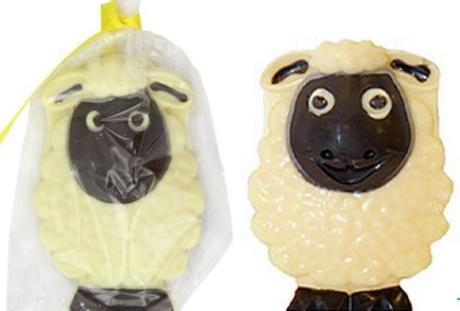
7. Sheep Can Show Emotions
Believe it or not, sheep are capable of expressing emotions and even empathy. They feel fear, happiness, and comfort, just like humans. Observing a flock, you’ll see clear signs of these emotions – when they’re calm, sheep rest together, while anxiety spreads quickly through a group if one is threatened. Researchers have also observed sheep comforting each other and displaying empathy when a member of the flock is distressed, showcasing their emotional intelligence.
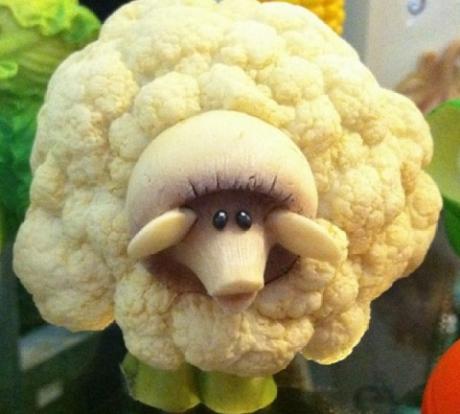
8. Sheep Were Among the First Domesticated Animals
Sheep were among the first animals humans domesticated, with evidence suggesting their domestication goes back nearly 10,000 years. In ancient times, sheep provided early human societies with wool, meat, and milk, playing a critical role in the development of agriculture. This longstanding relationship is why sheep have appeared in countless myths, artworks, and traditions across cultures, symbolising everything from peace to prosperity.
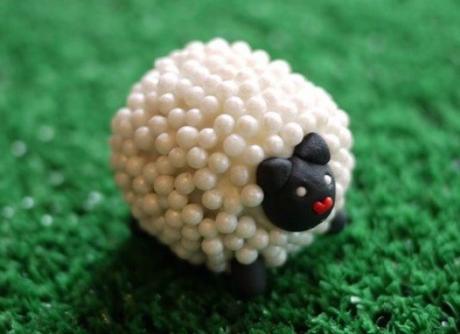
9. Not All Sheep Look Alike
While we often think of sheep as white and woolly, there are over a thousand breeds worldwide, each with its own unique look. Some have striking colours, like the black and white Jacob sheep, while others, like the long-wooled Lincoln sheep, have locks that reach the ground. British breeds such as the Herdwick and the Leicester Longwool have distinct characteristics and histories, showing that the world of sheep is rich with variety.
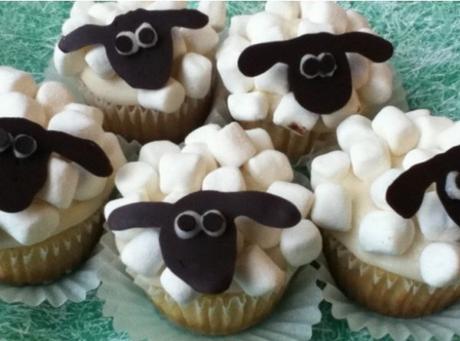
10. They Play a Big Role in Pop Culture
From nursery rhymes to animated films, sheep have a special place in popular culture. Who can forget “Baa Baa Black Sheep,” or the charming character Shaun the Sheep? Sheep appear as symbols in literature, folklore, and religion, often representing innocence, obedience, or abundance. In British traditions, shepherding has long been celebrated, and sheep remain iconic figures in the landscape and cultural heritage.
Sheep are more than just fluffy grazers; they’re intelligent, social, and play an important role in our world. From their impressive memories to their roles in agriculture and pop culture, sheep are complex animals deserving of our appreciation. Next time you see a flock grazing peacefully in a field, remember – there’s a lot more going on in those baa-rilliant minds than you might think!
What was your favorite fact? Share it with us, and don’t forget to keep learning more about these fascinating creatures!

